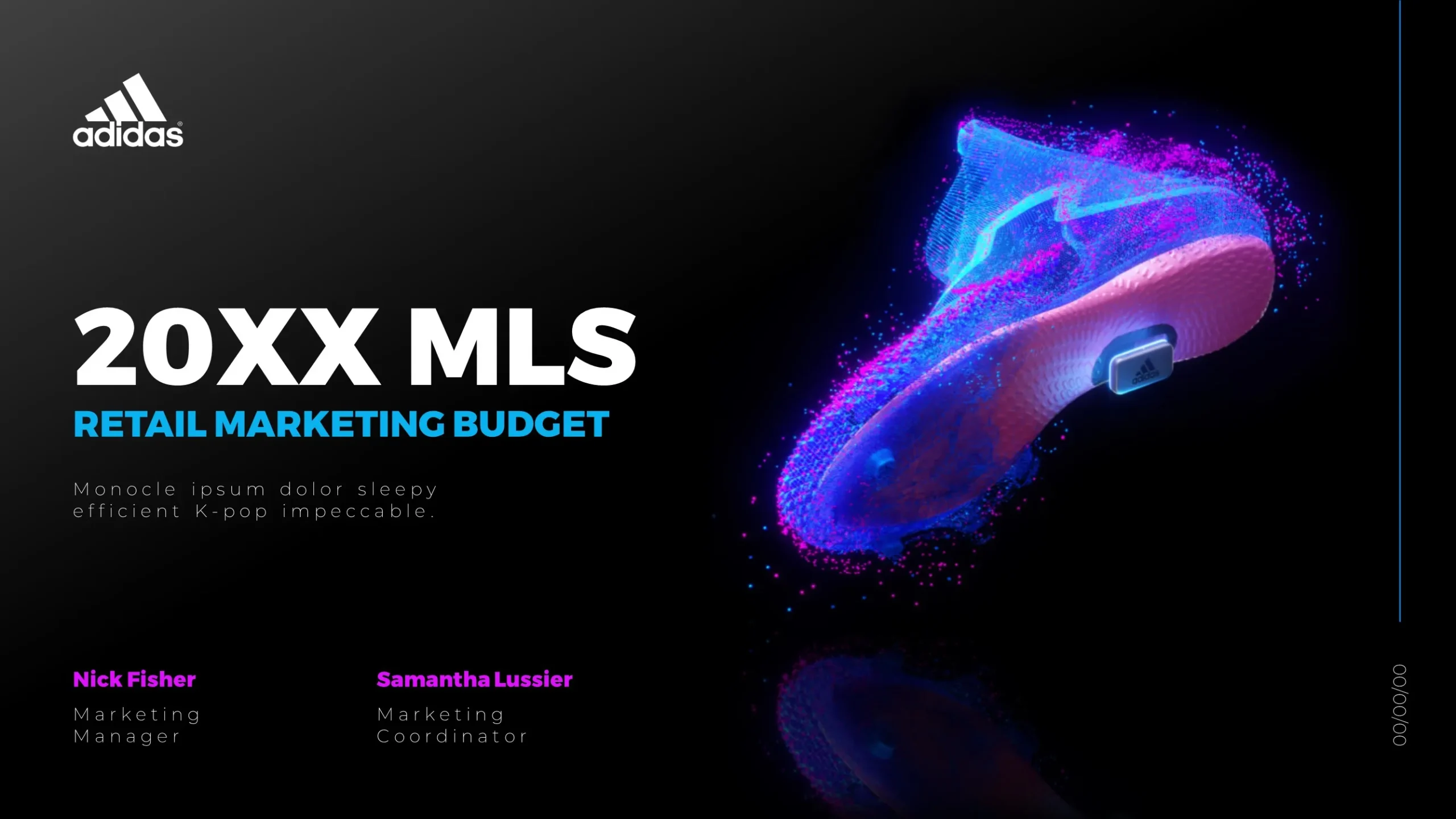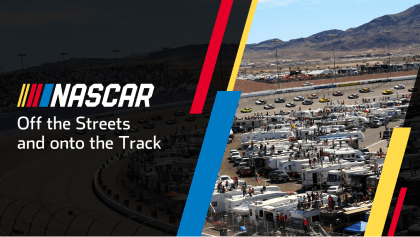Infographic design plays a pivotal role in enhancing safety training for confined space entry and rescue protocols within businesses. These visually engaging tools can simplify complex information, making it easier for employees to understand critical safety procedures. By utilizing clear graphics, concise text, and logical layouts, infographics can effectively highlight essential steps involved in confined space entry and the necessary precautions to take during rescue operations.
One of the primary benefits of using infographics is their ability to convey information quickly. Workers are often inundated with lengthy manuals or verbal instructions that may be hard to retain under stress. Infographics distill this information into bite-sized pieces that are easy to digest at a glance, facilitating better retention of crucial safety measures.
Moreover, infographics can illustrate potential hazards associated with confined spaces through visual representations such as charts or diagrams showcasing different types of risks (e.g., toxic gases or low oxygen levels). This visual context not only helps workers recognize dangers but also reinforces the importance of adhering strictly to established protocols.
The design elements used in infographics—such as color coding for different levels of risk or step-by-step visuals demonstrating proper use of equipment—can further enhance comprehension and recall during practical training exercises. As a result, trainees become more confident in their abilities while working in potentially dangerous environments.
Finally, incorporating interactive elements into digital infographics allows businesses to engage employees actively during training sessions; quizzes embedded within these designs encourage participation and reinforce learning outcomes by testing knowledge on-the-spot.
View Our Presentation Portfolio










